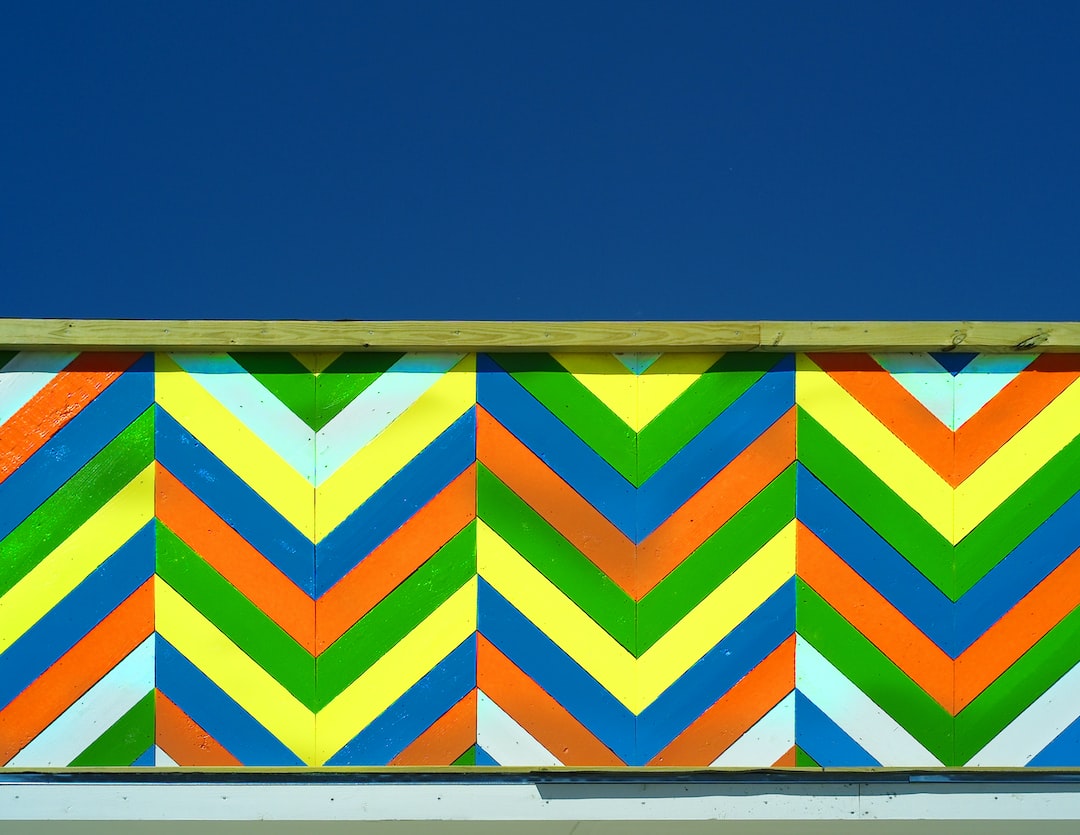Art as a Means of Cultural Preservation: Preserving Heritage through Creativity
The world we live in today is undeniably globalized, with cultural diversity being celebrated and appreciated worldwide. However, with rapid globalization comes the threat of cultural homogenization and the loss of unique cultural identities. In this battle for cultural preservation, art emerges as a powerful tool for safeguarding and nurturing heritage.
Art serves as a time capsule, allowing us to connect with our ancestors, understand their beliefs, and appreciate their achievements. It is through artistic expressions that we gain insight into previous civilizations, enabling us to learn from their mistakes and emulate their successes. By continuing to create and appreciate art, we ensure the survival of our cultural heritage for future generations.
One prime example of art’s role in cultural preservation is the restoration of historical sites and monuments. Through artistic techniques and materials, experts meticulously revive ancient structures, breathing life back into them and ensuring their preservation. Artists play a crucial role in preserving cultural heritage by using their expertise to restore, replicate, or reinterpret ancient artwork.
Art is not confined to restoring physical structures alone; it extends beyond that to the preservation of intangible heritage as well. Folklore, traditional music, and dance are intrinsic parts of culture, passed down through generations. Artists are the conduits for these traditions, keeping them alive by performing, teaching, and innovating upon them. In doing so, they ensure that time-honored customs do not fade away but continue to thrive and evolve.
Moreover, art commemorates historical events and acts as a visual storytelling medium. By creating pieces that depict pivotal moments in history, artists preserve narratives that might otherwise be lost over time. These artworks serve as powerful reminders of the struggles, sacrifices, and triumphs of our ancestors, fostering a sense of pride in our cultural heritage.
Art also bridges gaps between different cultures and promotes intercultural dialogue and understanding. Artists often draw inspiration from diverse civilizations, blending traditional and contemporary elements to create unique works of art. This fusion of cultures fosters appreciation and respect for diverse heritages while encouraging the exchange of ideas and values.
Furthermore, art provides a platform for marginalized communities to have their voices heard and their stories shared. In many societies, indigenous cultures face the threat of being overshadowed by dominant cultures. Artists from these marginalized communities use their artistic talents to reclaim their identities, revive dying traditions, and challenge cultural hegemony. Art becomes a means of empowerment, enabling these communities to preserve their heritage and shape their own narratives.
In recent years, technological advancements have significantly enhanced the role of art in cultural preservation. Digital preservation techniques allow for the efficient archiving and sharing of cultural artifacts. Art restoration processes have also been revolutionized by advanced imaging technologies, enabling experts to delve deeper into the history and composition of artwork. These technological tools not only aid in preserving heritage but also make it more accessible to a wider audience.
While art is undoubtedly a powerful tool for cultural preservation, its impact can only be truly effective when accompanied by educational initiatives and policies. Schools and universities should emphasize cultural education, providing students with a comprehensive understanding of their heritage. Governments and organizations should allocate resources to support artists and cultural preservation projects, recognizing their importance in the broader context of society.
In conclusion, art emerges as a vital means of cultural preservation, offering a medium through which heritage can be protected, appreciated, and transmitted to future generations. From restoring ancient sites to preserving intangible traditions, art serves as a driving force in safeguarding our diverse cultural identities. By recognizing the power of art and supporting initiatives that promote cultural preservation, we ensure that our cultural heritage remains alive and thriving in the face of globalization.

